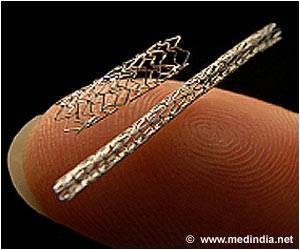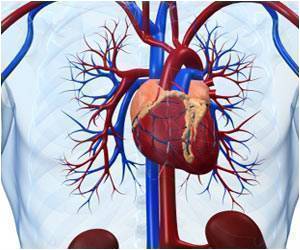For blocked leg arteries, patients who quit smoking and took an aspirin and statin before undergoing treatment were less likely to suffer a complication six months later.

But few patients made the lifestyle changes and were on recommended medical therapy that can relieve leg pain and cramping associated with peripheral arterial disease, or PAD.
The registry findings were published online ahead of print in Circulation: Cardiovascular Interventions and reveal a dramatic underuse of basic medical treatment for PAD.
PAD is on the rise as people age and conditions such as diabetes, high blood pressure and obesity affect circulation. Peripheral vascular interventions, such as angioplasty, improves blood flow, specifically to the legs.
But before PVI, more than half of patients studied failed to receive minimal medical therapy, meaning that the patient quit smoking and took an aspirin and a statin -- drugs that can reduce blood clots and improve blood flow.
Even the doctors treating the patients for their blockages didn't always ensure that their patients went home from the hospital with a prescription.
Advertisement
"The modest improvement in statin prescription before patients were discharged signifies a missed opportunity to provide a life-saving intervention for PAD patients," says lead study author P. Michael Grossman, M.D., an interventional cardiologist at the University of Michigan Cardiovascular Center.
Advertisement
The study included 1,357 patients identified in the Blue Cross Blue Shield of Michigan Cardiovascular Consortium Peripheral Vascular Intervention database. The BMC2 PVI registry includes patients from Michigan hospitals who underwent an intervention for treatment of PAD. Patients are often referred for PVI to manage leg pain and cramping – a symptom that doctors call claudication.
More study is needed to determine reasons for the lack of medical therapy. Meanwhile the underuse of medical treatment known to reduce symptoms of claudication and adverse events is a "pressing quality gap," authors say.
"Although a considerable effort has been focused on the impact of guideline adherence in patients with heart attack and heart failure, there are currently no such national programs focused on patients with PAD," Grossman says.
"In Michigan, BMC2 PVI is actively working to improve the medical therapy and outcomes of patients with PAD who undergo revascularization procedures. Data such as this have allowed us to recognize the issues and give us the tools necessary to impact change," he says.
Source-Eurekalert











